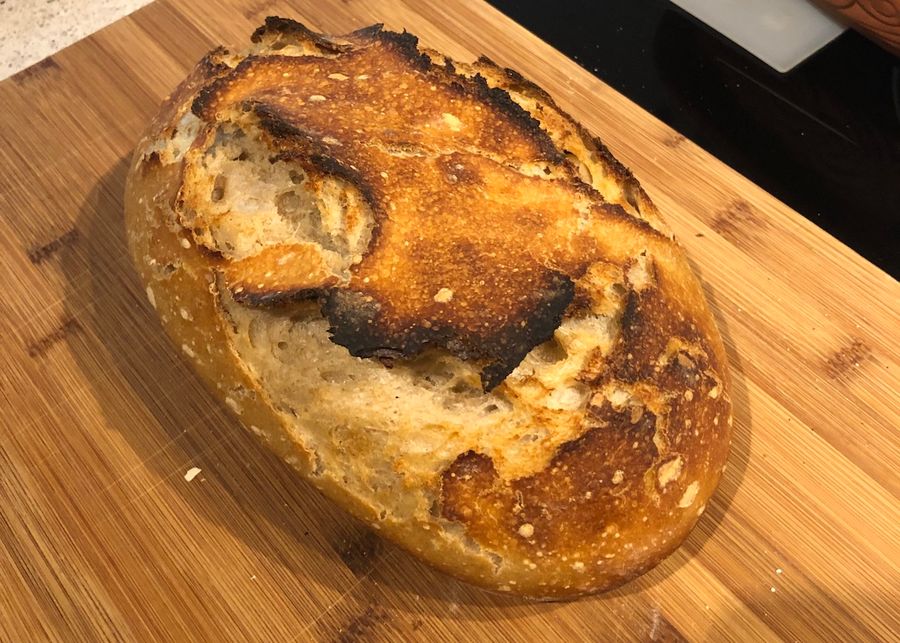Been wrapped up with family, spending time with friends online shooting the breeze and/or playing RPG's, usually both at once, reading, and taking care of various household projects such that, as work slowed down, I've had less time for posting.
There's plenty to write about, but first, I have to credit a friend of mine for reviving an interest in making homemade bread that I had explored a while back and dropped because I didn't have the right tools on tap. What got me started though was the following video:
First of all, it looks like I wasn't the only person to go "hey, I'm stuck at home, let's bake bread." As a result, finding flour at all outside of exotic gluten-free and paleo varieties is a trial, getting decent all-purpose and/or whole wheat flour is more so, and "bread" flour - a higher gluten/protein flour better suited for bread baking or non-wheat flours such as rye is difficult at best, even through most reputable online suppliers.
That said, I've been able to keep stocked up by opportunistically buying "King Arthur" brand flour (AP and WW) when available, which meets my most pressing needs for baking bread: unbleached flour that isn't "enriched" by adding crap back in that should have been there in the first place. It's also non-GMO, which anecdotally appears to be better tolerated by family that usually go for gluten-free options; those same people also had little trouble with "standard" bread in Europe. Both of these factors have also made it easier to get a sourdough starter going - something I had failed at in the past.
The second thing, if you're going to be serious, especially with sourdough, is to get a kitchen scale that can measure out in grams. I've got an electronic one that can re-zero ("tare") after adding ingredients or changing containers. This makes it much easier to get the correct proportion of starter - doing so by volume is difficult at best - or to scale your bread recipe.
For the bread recipe above, while the salt and yeast quantities don't involve enough grams to use grams, the measured water and flour boils down to:
- 400g of flour (whole wheat or AP, I use a 50-50 blend usually)
- 400g of water
Teaspoons/etc measure for salt and yeast come out to 1.2ml of yeast and 7.5 ml of salt.
Lastly, as the video makes clear, while I do have a ceramic covered "oven" , you don't need to have a dutch oven or a similar dedicated piece of kitchen equipment as long as you have two bread loaf pans, or anything else that is oven-safe at high temperatures, and covered, to retain the moisture.
I'll consolidate what I've dug up on sourdough and flour in a different post, but while the loaf pictured turned out great, I did forget to score it. Fortunately, without a preset vent, it still blew out evenly around the top instead of out the side, or similar.

